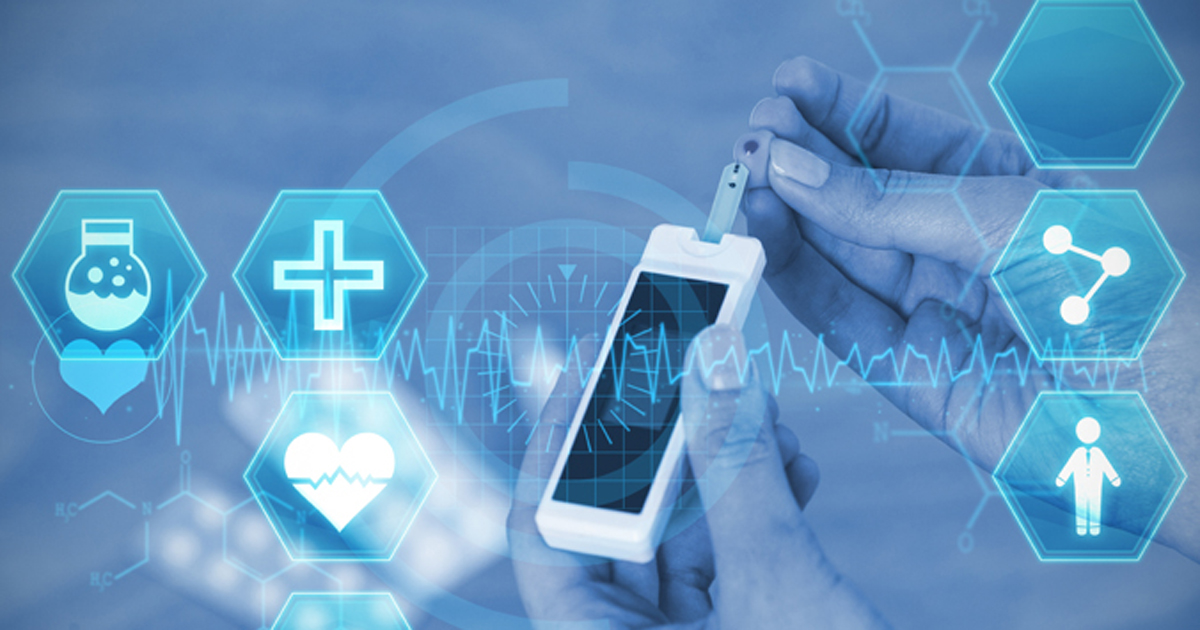With connected devices, educators can optimize diabetes outcomes
HOUSTON — Insulin pumps and continuous glucose monitoring offer people with diabetes “opportunities for connected care,” and diabetes care and education specialists can do more to leverage available technology to improve clinical outcomes and better integrate devices into practices, according to three speakers at the American Association of Diabetes Educators annual meeting.

“There are many devices that can create data we can use, but they are often not connected in ways that are helpful,” Korey Hood, PhD, professor and staff psychologist at Stanford University School of Medicine, said during a presentation. “There is limited interoperability; there are number of concerns about the volume of data and whether we have the ability to go through it all. Practices are busy, so it’s also thinking about trying to do something that doesn’t disrupt clinic flow. These are all the challenges we have when we think about connecting care and using data better from these devices.”
In a remote CGM pilot study conducted by Cecelia Health, a venture-backed health tech services company based in New York City, researchers assessed outcomes after patients with diabetes initiated CGM outside of the clinic setting with a certified diabetes educator, according to Teresa McArthur, MS, RD, CDE, vice president of clinical services for Cecelia Health. Over phone and video, as well as via emails and text messaging, diabetes educators supported patients in CGM selection, virtual training and data system setup. Data review and interpretation with the participants followed.
Increasing engagement
The researchers noted several key takeaways after the completion of the pilot program that can increase patient engagement with new diabetes technology, McArthur said.

Determine which patients are “high touch” vs. “low touch.” High-touch patients may need more motivation and coaching, whereas low-touch patients tend to be more tech-savvy and confident, McArthur said.
Personalized approaches are essential. “Each participant has a different story and a different barrier to work through,” McArthur said.
Behavior change is key. “Technology is an amazing tool, and it can benefit people with diabetes tremendously; but if it doesn’t lead to behavior change, I don’t see the point,” McArthur said. “That’s why we have these tools.”
Identify what motivates each person with diabetes. “If you don’t get that to the forefront of the conversation, you’re not going to get anywhere,” McArthur said.
Make technology simple by breaking down instructions into small steps and accounting for a person’s readiness to learn. “There are a lot of reports and data from CGM,” McArthur said. “Maybe it’s just looking at one report and that is all you’re going to look at and work with.”
Trust the numbers. “One thing we have learned is that participants have a hard time trusting that switch from [blood glucose monitoring] to CGM,” McArthur said. “There is a lot of fear and hesitation there. We have to get them to trust.”
“The more diabetes educators work to understand the technology and tools that are available for people with diabetes, the more valuable educators are to the practice they work in,” David Weingard, MBA, founder and CEO of Cecelia Health, said during the presentation.
Additionally, the connected device landscape encompasses other wireless devices and apps, such as fitness trackers, that can now take CGM data and integrate it with wellness data, allowing personalized coaching for patients, he said.
“You’re going to start to see all of this data come together, but in the end, technology can only do so much,” Weingard said. “It’s your judgement to take all this data, take all of the output of the algorithms, and identify the best course for the patient.”
Raising awareness
It is important for diabetes educators to keep up on the latest devices and reach out to people with diabetes to identify their potential barriers to find the device that works best for them, Hood said.
“There can’t be a one-size-fits-all approach,” Hood said. “Having the opportunity to know someone’s readiness for using these different tools is really important. It is also important that they have access to the landscape of devices available to them so that they can be part of the conversation with the diabetes educator in shared decision-making.”
The key takeaway, Hood said, is to know where the person with diabetes is coming from and what might get in the way of using a potential device, such as a CGM. Ask questions early in the process, he said, think about where people are seeking and obtaining information now, and leverage use of social media to inform discussions.
“You can’t just have the devices and the person with diabetes,” Hood said. “You need this critical diabetes care team, the diabetes educator, that helps facilitate trust and helps with problem-solving early on in the process.” – by Regina Schaffer
Reference:
Hood K, et al. D14. Presented at: American Association of Diabetes Educators; Aug. 9-12, 2019; Houston.
Disclosures: Hood reports he has received research support for an investigator-initiated study from Dexcom and consultant fees from Lifescan Diabetes Institute, Lilly Innovation Center and Roche. McArthur and Weingard report no relevant financial disclosures.

